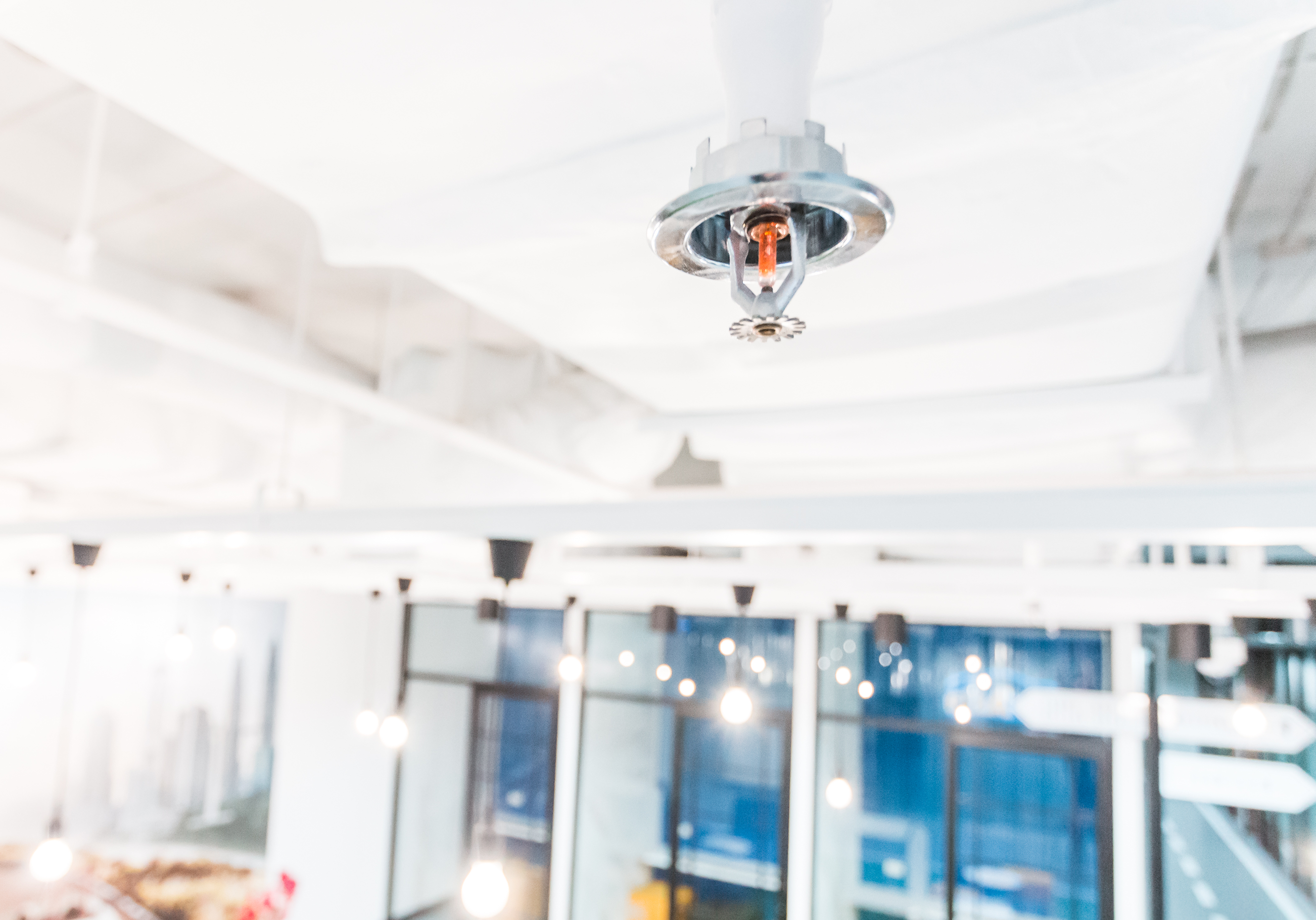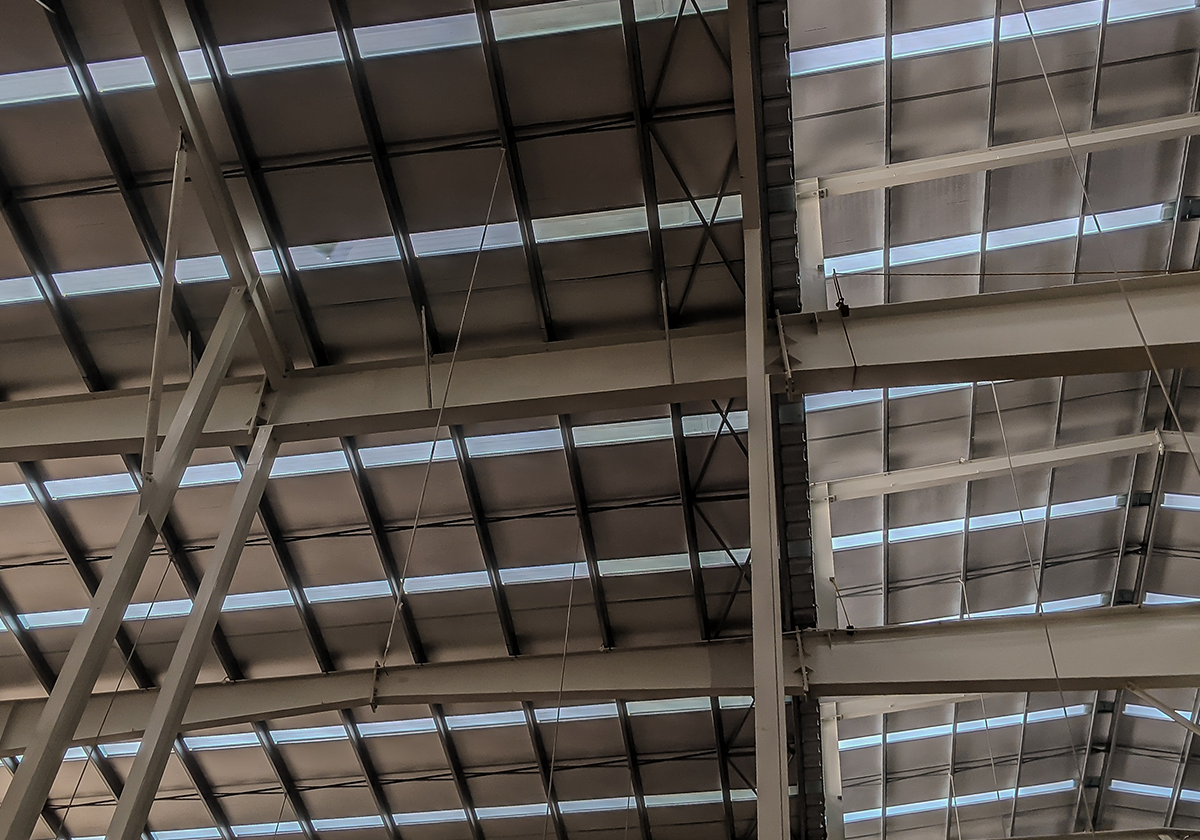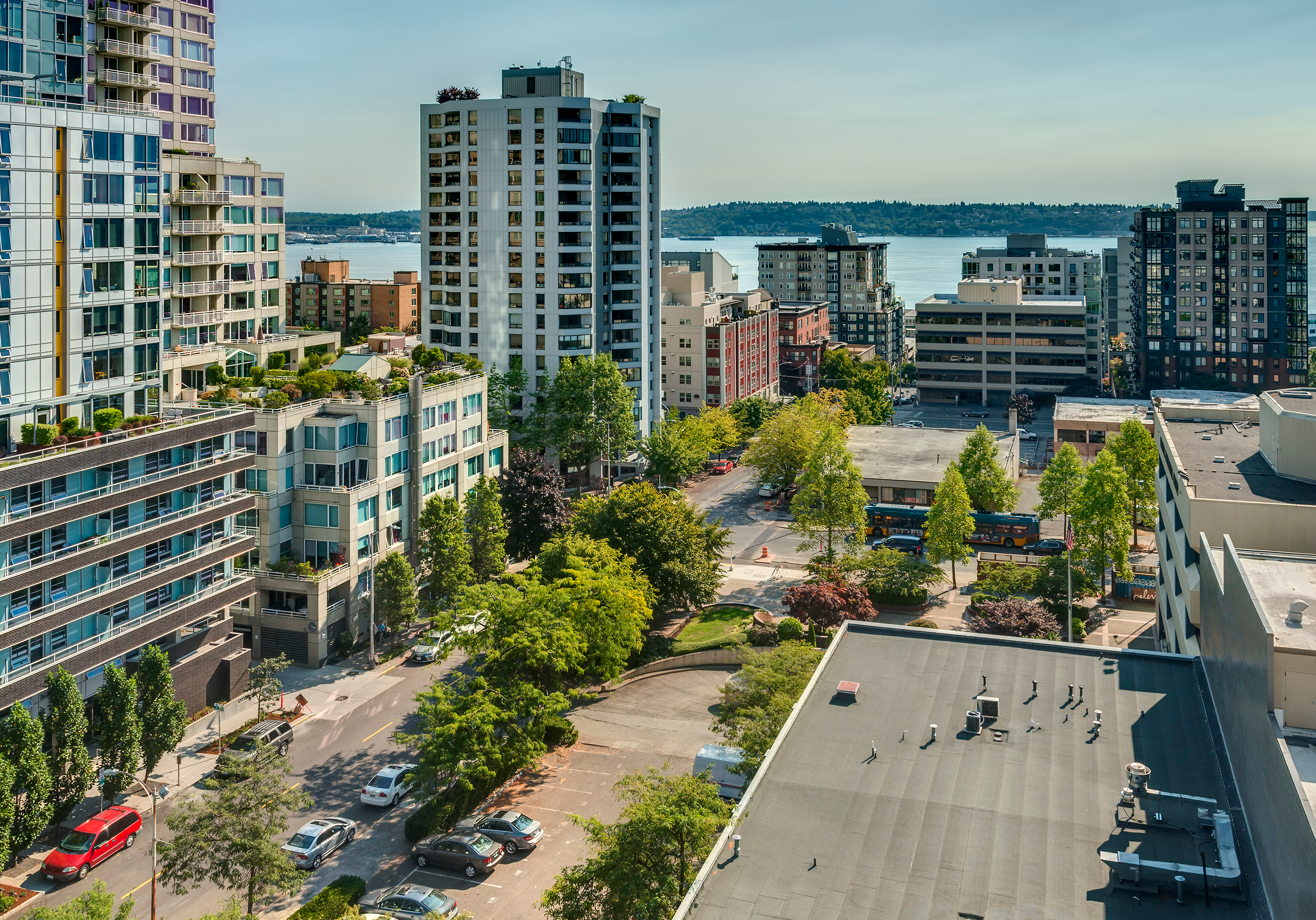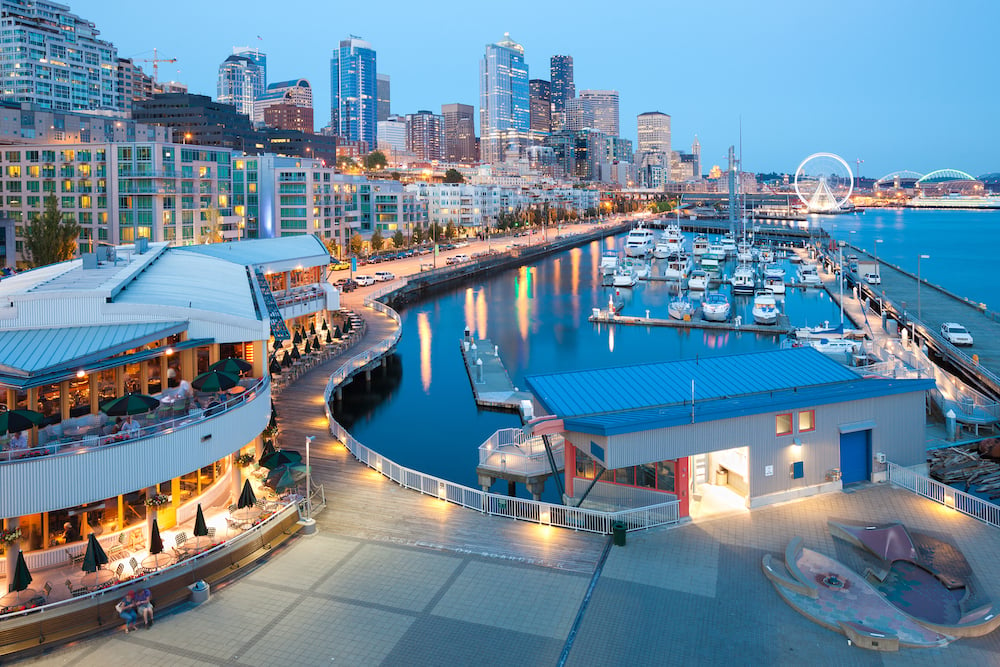WSRB’s commercial property analysts inspect hundreds of buildings each year for Subscribers. When they’re in the field, our inspectors encounter all kinds of risky conditions and fire hazards that affect insurance loss costs.
This blog outlines 10 of the most common risk issues.
 Without adequate automatic fire sprinkler systems, commercial
Without adequate automatic fire sprinkler systems, commercial
buildings are at higher risk of severe property damage if a fire starts.
Related:
WSRB's Essential Guide to Commercial Property Risk Assessment
1. No automatic fire sprinkler system.
Sprinkler systems save lives and property. A building without one is at a much higher risk of severe property damage or total loss in the event of a fire, as is a building with a sprinkler system that’s not adequate to protect the building.
2. Suppression system in a restaurant is inadequate or not well maintained.
Restaurants are a very common high-risk occupancy. If the hood and vent extinguishing system is not adequate for the type of cooking performed or it is not maintained, it poses a serious fire hazard. All kitchen suppression systems should meet Underwriters Laboratories (UL) 300 standards
3. Lack of approved rag cans.
Oil-soaked rags can catch fire hours or even days after use. If not properly contained, a fire can break out and spread unchecked overnight or when no one is in the building. Wherever rags are used with flammable liquids — such as in auto body shops, repair garages, or woodworking facilities — UL-listed metal rag cans with self-closing lids should be used.
4. Maintenance issues such as broken windows and peeling paint.
General maintenance is important not only to the aesthetics of the building but also in preventing damage. Peeling exterior paint can expose siding to weather damage; water damage from roof leaks can spread or cause issues with mold, and a run-down appearance can serve as an invitation to vandals. On the other hand, a generally well-kept building will be less likely to need major repairs down the road.
5. Unprotected gas meter or piles of debris adjacent to the building.
Gas meters are often located in the parking lots of commercial buildings. Left unprotected, they can be damaged by cars or machinery, causing a dangerous gas leak. Combustible debris stored near or against a building can ignite, and the fire could quickly spread to the building’s walls, roof, and interior.
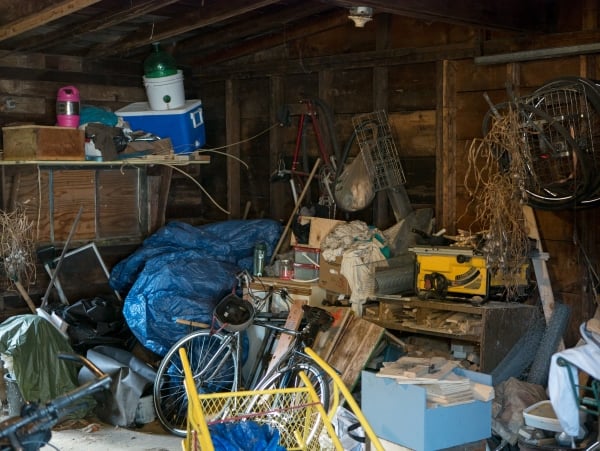 Debris piles could ignite, potentially causing significant property damage.
Debris piles could ignite, potentially causing significant property damage.
Related:
Inside a WSRB Property Inspection
6. Improper dust-collection system.
If combustible dust is not contained and disposed of effectively, it can pose an explosion risk. Ideally, dust-collection systems should be constructed of metal ductwork and terminate outside of the building.
7. Adjacent to a combustible building or building with a hazardous occupancy.
When choosing a business location, many people don’t consider that the construction and occupancy of a building next door can affect their risk of fire and ultimately their insurance rates. Out-of-control fires can spread to neighboring buildings. If your building is located next to a high-risk operation, the likelihood of fire damage to your building increases.
8. Poor housekeeping.
Dust, refuse and combustible materials that are allowed to accumulate around work areas can act as a fuel source during a fire. Poor housekeeping around hot work areas poses an especially dangerous threat. A single stray spark can ignite highly combustible materials that are not properly stored.
9. Ordinary electrical equipment in areas storing or using flammable liquids.
Wherever flammable vapors are present, it’s essential to use explosion-proof lighting, switches, motors, and electrical equipment specifically designed for use in these areas. Ordinary electrical equipment could emit a spark that causes a devastating outcome. If your operation uses portable lighting and equipment, it should be tested and listed by a nationally recognized organization, such as UL, and only used in areas that have been purged of flammable vapors.
10. General lack of risk control precautions.
People don’t always follow the best practices. When it comes to fire and other hazards, a little common sense goes a long way. It’s a good idea to periodically walk around your building, inside and out, and check for any issues that may have been overlooked among day-to-day operations. If you’re not sure if a condition is safe, call your insurance agent or local fire department and ask. They are there to help.




